What’s this nonsense? Pokémon fanart? I was inspired by the Kimono Girls who are present in both the games and the anime and manga. I thought it would be really cool to do a series of them inspired by each of the evolution forms of Eevee, who is one of my favourite pokemon. Hopefully it’s obvious which one is which, but just in case it doesn’t come through clearly (or you’re not familiar with Pokemon), we have, in order:
- Eevee – Since Eevee is the original/unevolved form, I wanted her outfit to be basic and versatile. Eevee’s distinctive fur ruff and tail formed the starting point for her kimono.
- Vaporeon – For the water evolution, I knew a seigaiha obi would be perfect, and I’ll never pass up the opportunity to include Kanagawa’s Great Wave when I can!
- Jolteon – Modern lightning motifs for the electric evolution, of course.
- Flareon – Hot colours and traditional flames suit the fire evolution perfectly.
- Espeon – The psychic evolution is hard to convey visually, so I chose to do a base kimono in a subtle gradient of Espeon’s colours, and the sakura motif obi as a nod to the trainer Sakura in the anime, who has an Espeon.
- Umbreon – Like psychic, dark is a hard concept to convey, so Umbreon’s style was inspired directly by the visuals of the game.
- Sylveon – The pastels and bows of the fairy evolution seemed perfectly suited to tabane noshi. This is actually the first one I made, and inspired the rest of the project!
- Glaceon – Yukiwa motif for the ice-based Glaceon just made sense. The diamond pattern of the obi helps reinforce the crystalline feel.
- Leafeon – Swirling vines and shades of green and brown were the clear choice for Leafeon’s grass form.
I had a lot of fun finding the right colours and patterns for each of these little ladies, and I love how they look all put together! If you get a kick out of them too, prints are available in my Society6 shop.


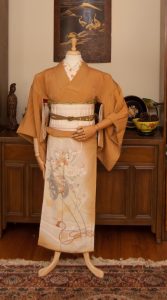
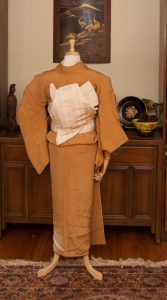
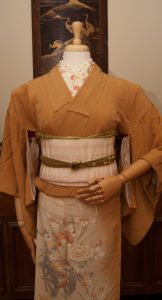
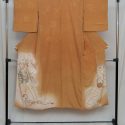
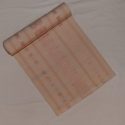
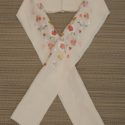
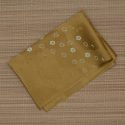
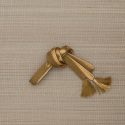
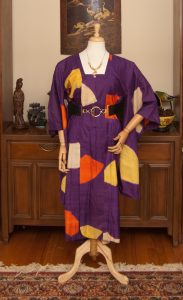
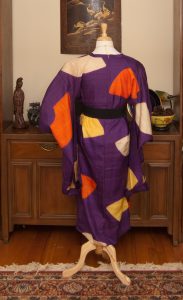
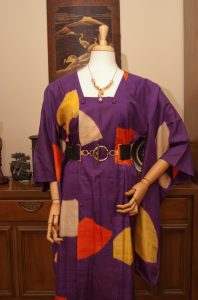
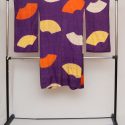
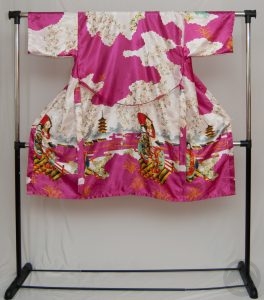
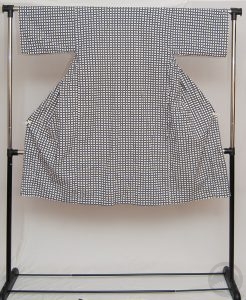
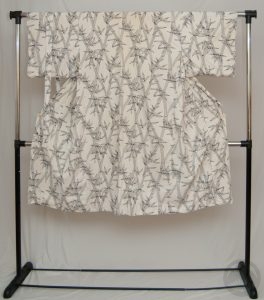
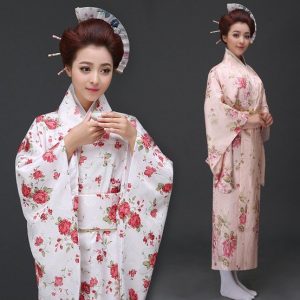

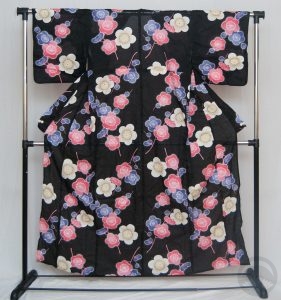
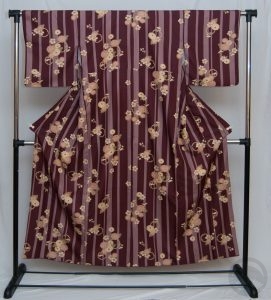
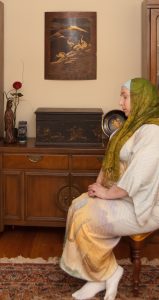
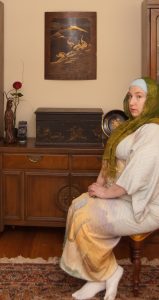

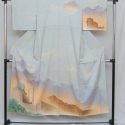
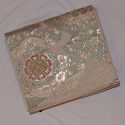












 Bebe Taian
Bebe Taian CHOKO Blog
CHOKO Blog Gion Kobu
Gion Kobu